MERYT-NEITH (First Dynasty, c. 3000 BC)
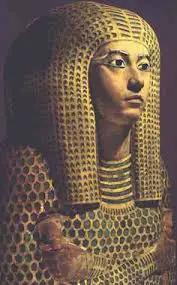
She was probably ruling Egypt at the start of the dynasty, maybe she was the third ruler. Her name means “Beloved of the Goddess Neith” and she has a funerary monument and solar boat at Saqqara (near Cairo).
Khentkaus (4th dynasty)
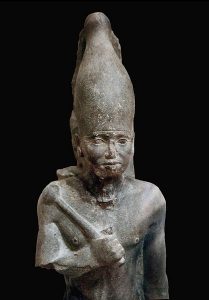
Khentkaus was characterized in an inscription as the mother of “Two Kings of Upper and Lower Egypt,” presumably Sahure and Neferirke, Fifth Dynasty. Khentkaus is said to have married a priest and her sons inherited and initiated the fifth dynasty.
NITOCRIS (6th Dynasty 2148-44 BC)
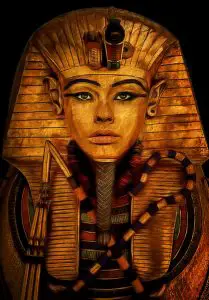
She is remembered in Egyptian history as ‘The most courageous and most beautiful woman of her time’. She is referred to in the Turin King-list, by the Greek traveler Herodotus who wrote that she caused the deaths of hundreds of Egyptians in revenge for the killing of her brother, the king.
HATSHEPSUT (18th Dynasty c.1473-1458 BC)
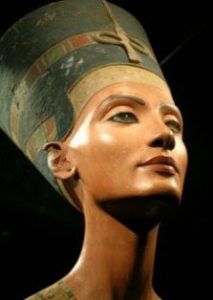
She ruled during the early part of the 18th Dynasty, an exciting time known as the ‘Golden Age of Egypt’. Her greatest achievement was the expedition that she orchestrated to the Land of Punt, which is recorded on the walls of her mortuary temple.
Amongst other things, it shows ebony, ivory, myrrh saplings, animal skins, incense, gold, perfumes and exotic animals being brought back from Punt, a land believed to have been located near the Red Sea and present-day Somalia.
Sobeknefru or Neferusobek or Nefrusobek or Sebek-Nefru (Meryetre)
Twelfth Dynasty (appx 1787-1783 BCE)
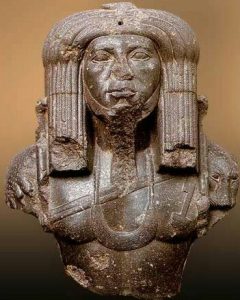
She was the daughter of Amenemhet III and half-sister of Amenemhet IV and, perhaps, also his wife. The dynasty ends with her reign, as she apparently had no son. Titles found with her image include Female Horus, King of Upper and Lower Egypt, Daughter of Re.
Cleopatra (c. 51 BC)
Descended from Macedonians, who had ruled Egypt since the death of Alexander the Great, some 250 years earlier, Cleopatra VII was born to Ptolemy XII in 69 BC. She came to the throne when she was just 17 years old, in 51 BC. Not only was Cleopatra the last female to be called pharaoh, her demise also brought to an end 3,000 years of dynastic rule.